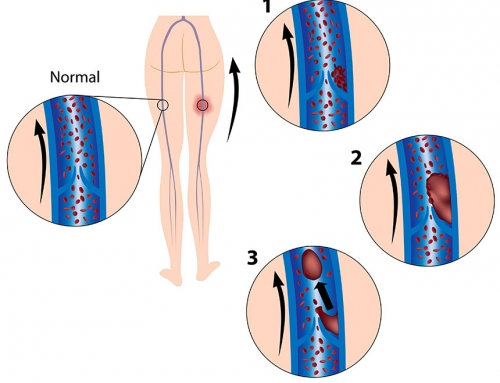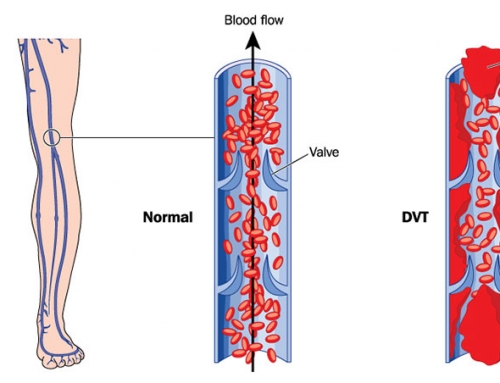What is Thrombophilia?
Thrombophilia refers to a group of conditions where there is a higher tendency for blood to form abnormal clots, leading to an increased risk of developing thrombosis. Common problems caused by these blood clots are deep vein thrombosis (DVT) and pulmonary embolism.
There are two general types of thrombophilia: Inherited thrombophilia and acquired thrombophilia. Both types are different in terms of causes and the age of onset. There are normally no symptoms for people with thrombophilia, unless they develop thrombosis from blood clots.
Inherited thrombophilia is caused by genetic mutations, which can be passed from generation to generation. This condition typically becomes apparent in childhood. There are different inherited conditions for thrombophilia, but the more common types are Factor V Leiden, Prothrombin 20210, Protein C deficiency, Protein S deficiency, Antithrombin deficiency, Dysfibrinogenaemia and Combined inherited thrombophilias.
Acquired thrombophilia is caused by non-genetic causes, such as compromised immune system or other existing medical complications. This condition usually emerges in adults. The common types of acquired thrombophilia are Antiphospholipid syndrome or acquired conditions from other medical disorders.
There is a possibility of mixed thrombophilia for inherited and acquired thrombophilia. It is caused by both genetic and non-genetic factors. The most common types are Hyperhomocysteinaemia, Paroxysmal nocturna haemoglobinuria and elevated factor VIII.
References:
Gatt A, Makris M. Hyperhomocysteinemia and venous thrombosis (2007). Semin Hematol. 44(2): 70-6.
DNA In the News2017-04-06T20:02:09+00:00






